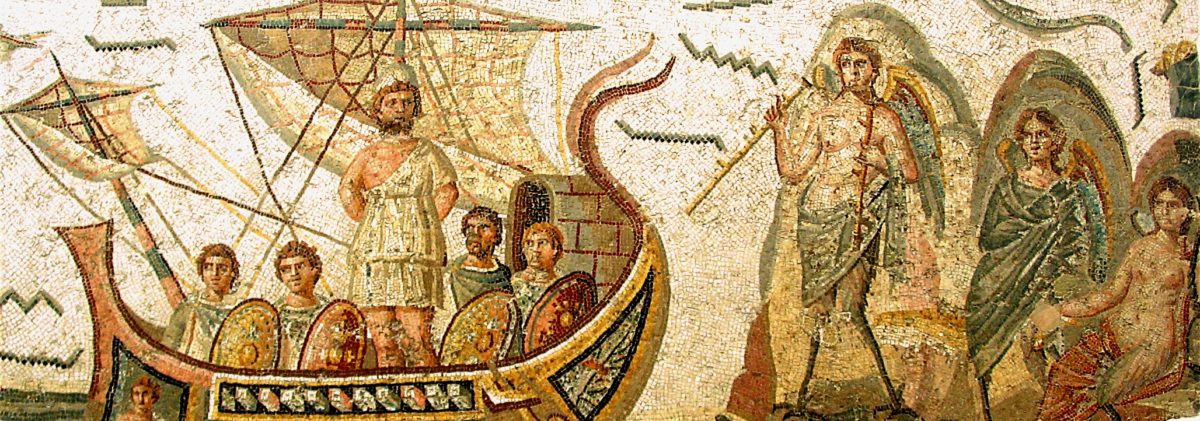Sappho of Lesbos (lived c. 630 – c. 570 BCE) was the most praised and highly regarded of all Greek lyric poets in antiquity. She was known as the “tenth Muse” and some ancient authors regarded her work as on par with that of Homer (the putative author of the Iliad and the Odyssey and most revered of all ancient Greek poets) himself. She produced an enormous body of poems, but, sadly, extremely little of her work has survived to the present day.
In the third century BCE, the Greek scholars working at the Great Library of Alexandria produced a standard text for all of Sappho’s poems that was divided into at least eight “books” or rolls of papyrus. Many scholars believe that the collection probably contained nine books for the nine Muses. Today, though, less than seven hundred lines of Sappho’s poetry are extant. Only one of her poems, Fragment 1 (known as the “Ode to Aphrodite”), has survived to the present day totally complete with no lacunae or parts missing. A few other poems have survived to the present day nearly complete, including Fragment 16 (the “Anaktoria Poem”), Fragment 31 (“Phainetai Moi”), Fragment 58 (the “Tithonos Poem”), and the “Brothers Poem.”
The most common explanation that people give for why so little of Sappho’s poetry has survived to the present day is that (supposedly) Christian authorities in late antiquity or the Middle Ages had all the collections of her poems rounded up and burned, because they were disgusted and horrified by how openly she describes her erotic desire for other women. This makes for a good story with clear villains. Unfortunately, it is probably not true. In reality, as I shall explain in this post, we have no evidence to support the idea that Christians went around burning Sappho’s poems. The real reasons why so little of her poetry has survived are far more complicated—and actually far more interesting.
Continue reading “Did Christians Really Burn Sappho’s Poetry?”










